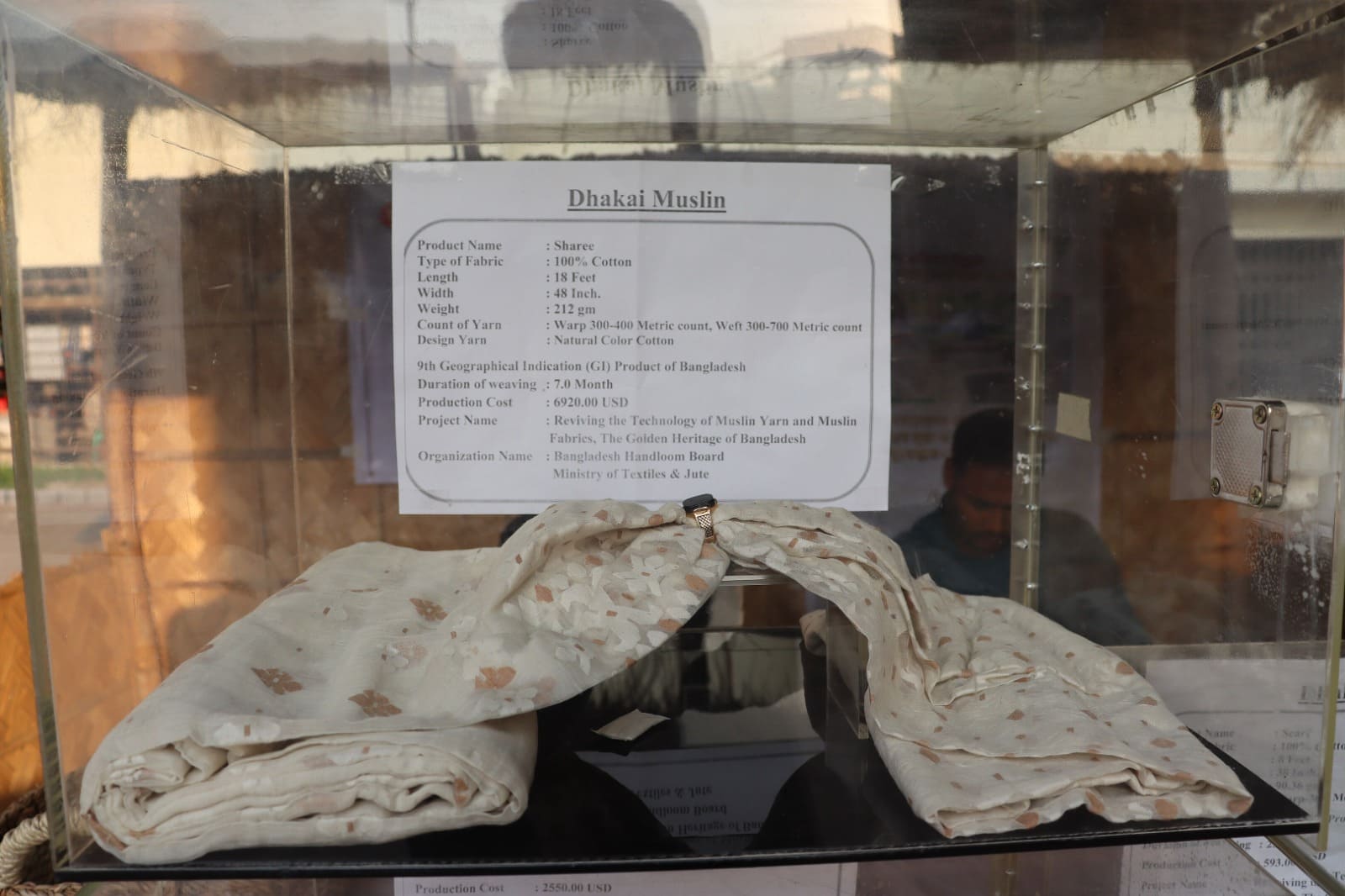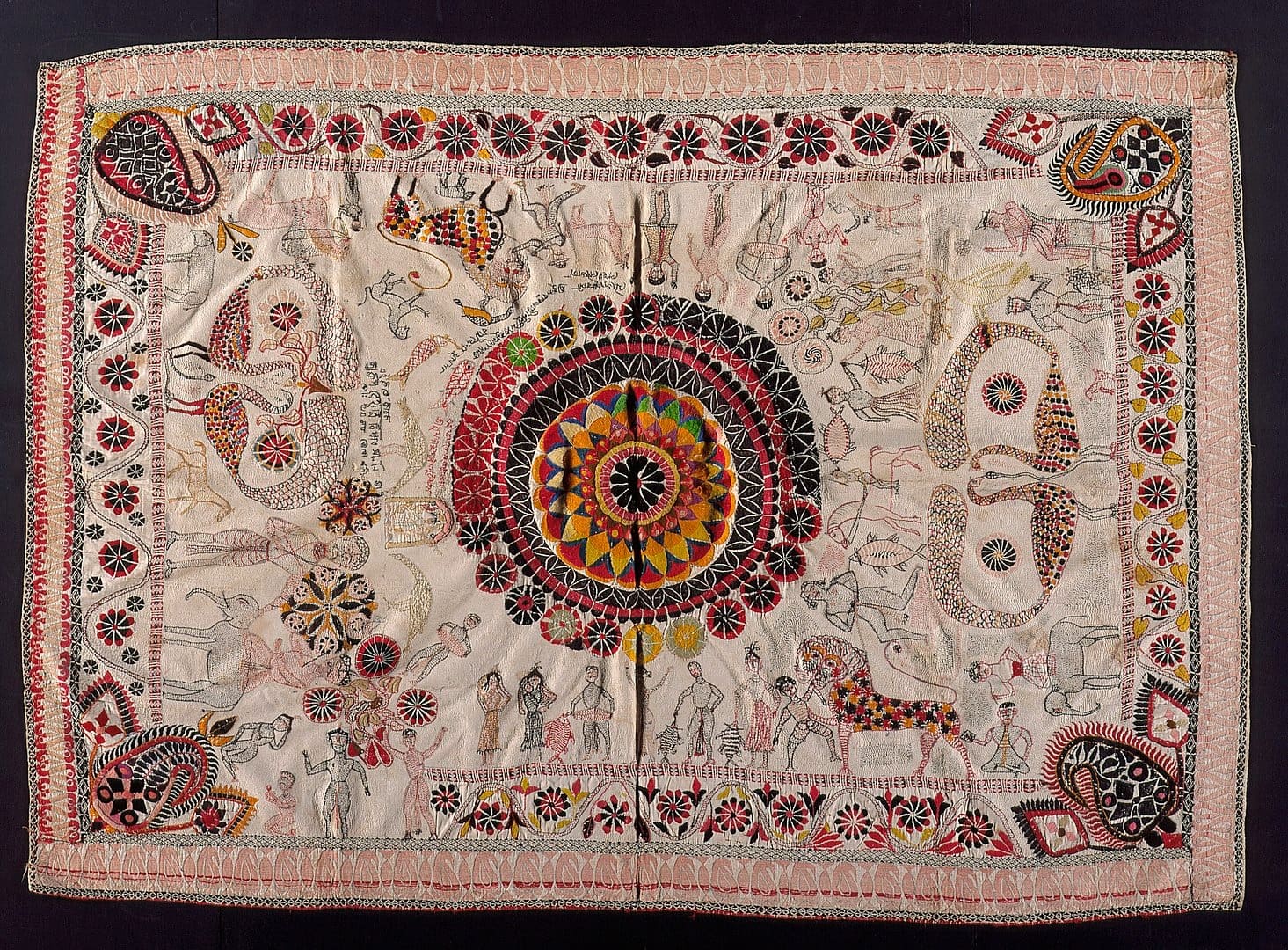Bangladeshi Culture

Tant sari
Shantipur district is considered to be the origin of these Traditional Bengali Tant Sarees. They have been a part of Mughal rule until the end of the 18th century. Following the partition of Bengal in 1947, numerous weavers moved to India from Bangladesh and established their presence in Bengal.
Tangail Saree
Tangail saris, known for their unique handwoven techniques, designs, and motifs, have been traditionally produced in the Tangail district of Bangladesh. The saree originated in the late 1800s. It is unique due to its handwoven techniques, designs, and motifs and is worn by millions of women across the world.


The Dhaka Muslin Saree
The Dhaka muslin was the ultra fine cotton fabric of the emperors, worn not only by the Mughals but also flaunted by the French queen Marie Antoinette. Some called it 'woven air', while others described it as the “skin of the moon”.
Nakshi kantha
Nakshi kantha, a type of embroidered quilt, is a centuries-old Bengali art tradition of the Bengal region, notable in Bangladesh and Indian states of West Bengal, Tripura and part of Assam.[1][2][3] The basic material used is thread and old cloth.[4] Nakshi kanthas are made throughout Bangladesh, but the greater Mymensingh, Jamalpur, Bogra, Rajshahi, Faridpur and Jessore, Chittagong areas are most famous for this craft.


Shital Pati
The traditional weaving of Shital Pati originated in the Sylhet region of Bangladesh and remains concentrated there to date. The region characterized by river valleys and low-lying marshy land offers a natural habitat for Murta, the basic raw material for Shital Pati. The murta plant grows around water bodies in Sylhet, Sunamganj, Barisal, Tangail, Comilla, Noakhali, Feni and Chittagong.
Terracotta Art
Terracotta is one of the oldest in almost all sub-continents and was spread out across the whole world now-a-days it has been a common, traditional, and indigenous object in Bangladesh for everyday life. Inspired by the religion or rituals, terracotta art has evolved in many ways in Bengal over time.


Rickshaw Art
The three-wheeled pedicab, more commonly known as the rickshaw, has been around since the 1940s. Initially, they were undecorated, but starting in the late 1940s, the faces of movie stars began appearing as decorative motifs on shields at the back of the rickshaws along with a variety of floral paintings.
21st February
Pohela Boishakh
Eid
Shakrain